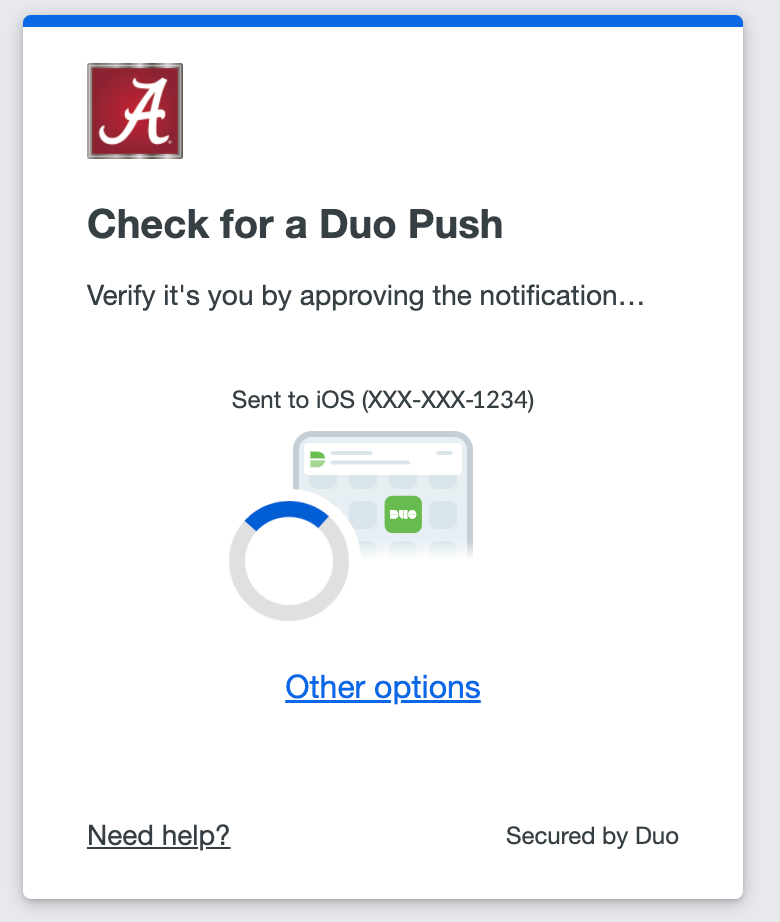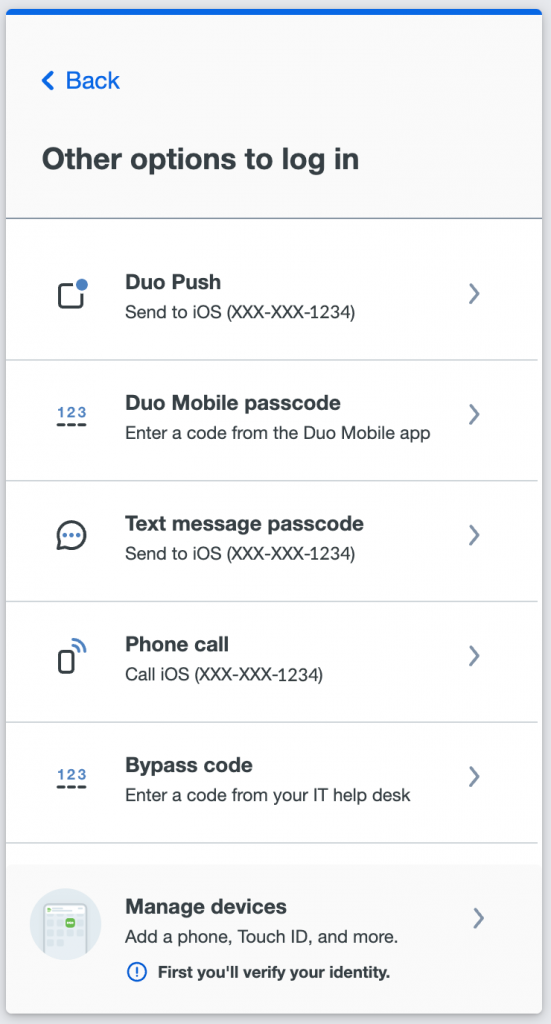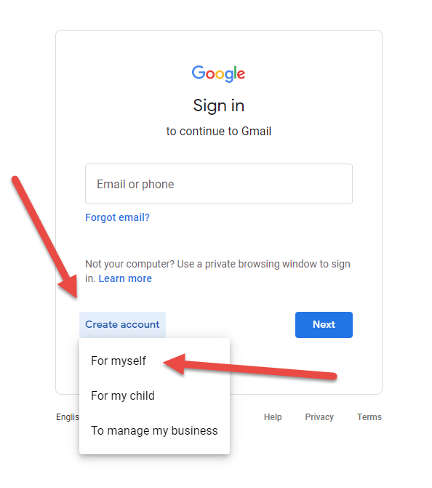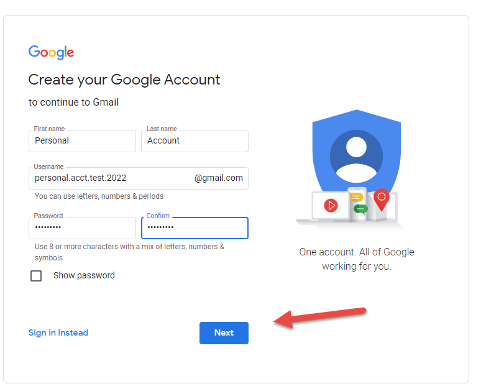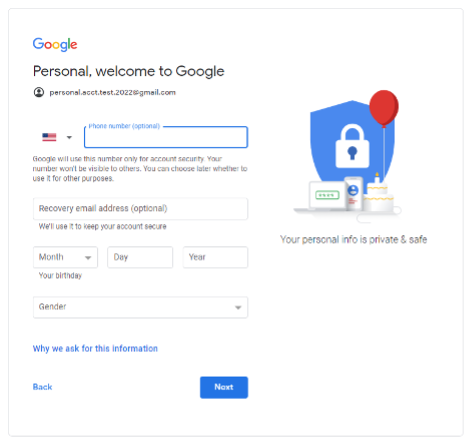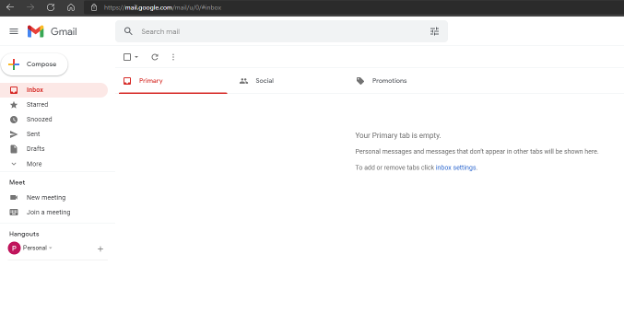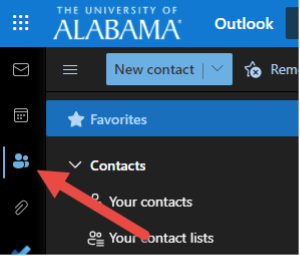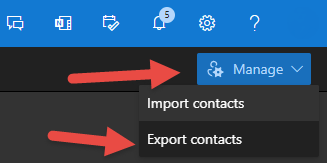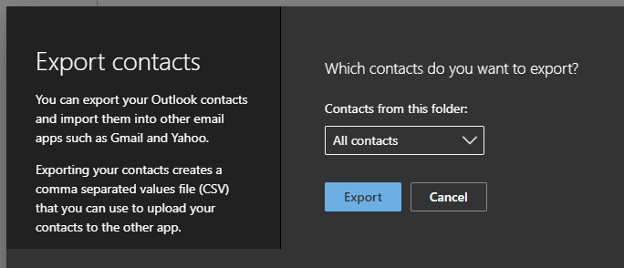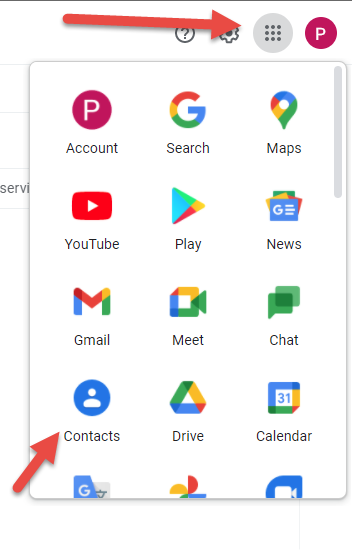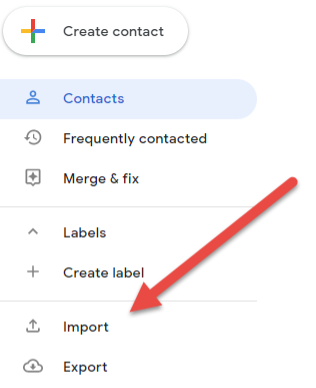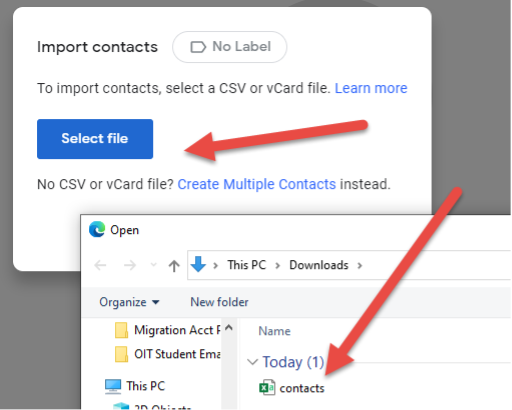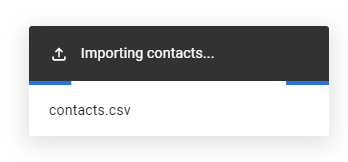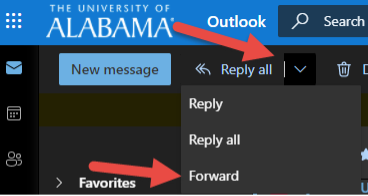Systems Tool Kit (formerly Satellite Tool Kit), often referred to by its initials STK, is a physics-based software package from Analytical Graphics, Inc. that allows engineers and scientists to perform complex analyses of ground, sea, air, and space platforms, and share results in one integrated environment[1]. At the core of STK is a geometry engine for determining the time-dynamic position and attitude of objects (“assets”), and the spatial relationships among the objects under consideration including their relationships or accesses given a number of complex, simultaneous constraining conditions. STK has been developed since 1989 as a commercial off the shelf software tool. Originally created[2] to solve problems involving Earth-orbiting satellites, it is now used in the aerospace and defense communities and for many other applications.
STK is used in government, commercial, and defense applications around the world. Clients of AGI are organizations such as NASA, ESA, CNES, DLR, Boeing, JAXA, ISRO, Lockheed Martin, Northrop Grumman, Airbus, DoD, and Civil Air Patrol.
